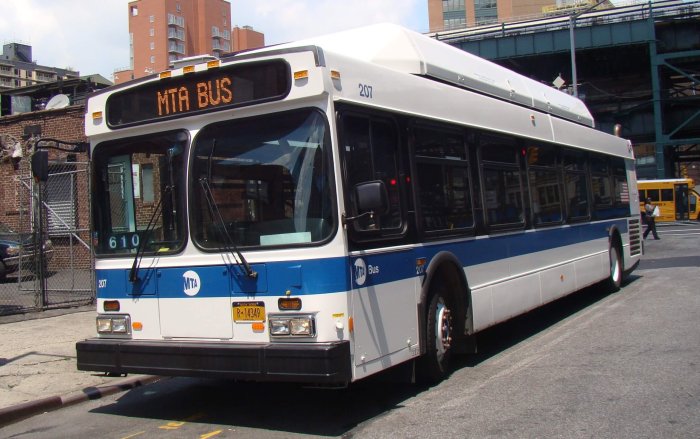By Kenneth Kowald
It was an event which would help reshape the course of literature in this country and in the world. Last year I wrote a column about Whitman and his work as a teacher at Flushing Hill and “Little Bayside” in 1839 and 1840, and his efforts as the “official Democratic electioneer for Queens County.” Thereafter, he was at various times in Manhattan, Brooklyn, Queens and Long Island a newspaper writer, editor and publisher, and a printer's devil, carpenter, teacher and novelist. He was the first editor of The Brooklyn Eagle in the 1840s, until he had a falling out about slavery (he was against it) with the Democratic owners of that newspaper. He roamed freely in that job, traveling, for example, to a Sunday School picnic in Jamaica. He went down to New Orleans to work on a newspaper, and he came back to Brooklyn in the 1850s to live with his family and work as a carpenter. Then, in the spring of 1855, there came “Leaves of Grass,” something entirely different from anything he (or anyone else) had done before. But if you come to think about it, not so strange after all, for Walt Whitman. Because it seemed he tried to make it contain almost every thing he had seen, felt and thought about in his life. And the revisions to the book over the years, almost to the very time of his death in 1892, were based on what he had experienced in his lifetime. “Leaves of Grass” was in almost every sense about Walt Whitman and his world. He probably helped set some of the type himself in the printing shop of his friends James and Andrew Rome on the corner of Cranberry and Fulton Streets. The volume was published in three different formats for three different prices. Nevertheless, the 800 copies printed, which went on sale beginning July 5, probably did not make money and most probably not all of them were sold. The book listed no author, but Whitman's picture was printed opposite the title page. It contained a long preface and 12 poems, all untitled, with the first one – which he later called “Song of Myself” -longer than all the others together. Whitman sent the book to many famous people and he ghost-wrote some favorable reviews, but that did little to help sales. It is reported that James Russell Lowell threw his copy into the fire. On the other hand, Ralph Waldo Emerson praised the work in a personal letter he sent to Whitman, which the poet, without permission, published in the second edition that appeared in September 1856. Whitman wanted to pull the reader into his life immediately. The first lines of the first poem are: I celebrate myself; And what I assume you shall assume; For every atom belonging to me, as good belongs to you.It was so throughout his life. He told the reader everything he knew, or believed he knew. If you followed Walt the way he wanted you to, you learned about teaching in Queens and politicking in Queens–perhaps not in so many words (although in his prose works this was so) but by learning about his “take” on America in his time. He never gave up singing his songs about his country, his city and himself. His poetry is wonderful in so many ways that you can forgive the dull spots, of which, alas, there are many. Walt Whitman wanted you to know what he knew and felt. And, if you missed something along the way, he had these final words for you in “Song of Myself”: Failing to fetch me at first, keep encouraged; Missing me one place, search another; I stop somewhere, waiting for you. He is waiting still. A treasure is there for the finding. *************(Footnote: When preparing this column, I read that the president of Venezuela had ordered the printing of a million copies of “Don Quixote,” to be distributed free in celebration of the 400th anniversary of that great work. And Cervantes died before Venezuela was born! Wouldn't it be marvelous if the president of the United States did something similar for a great American artist like Whitman? Ah, but there's the deficit and, of course, the problem of Whitman's sexuality. But one can dream.)


































